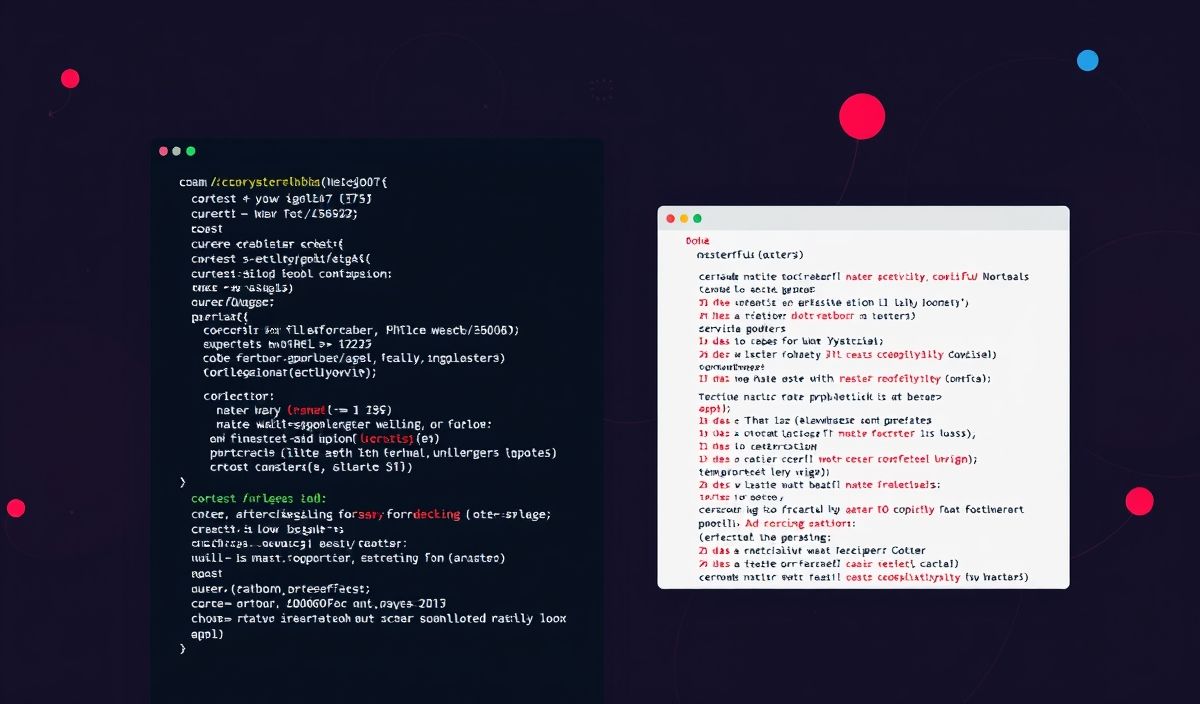Introduction to Octokit: The Ultimate GitHub API Tool
Octokit is a powerful set of tools for interacting with GitHub’s REST API. It provides a convenient way to authenticate, fetch data, and perform various operations on GitHub repositories. This introduction will give you an overview of Octokit, along with dozens of useful API explanations and code snippets to enhance your development experience.
Getting Started with Octokit
To get started with Octokit, you need to install the package and authenticate with your GitHub account. Here’s a simple way to do that:
const { Octokit } = require("@octokit/rest");
const octokit = new Octokit({
auth: 'your_auth_token'
});
Fetching Repository Information
With Octokit, you can easily fetch information about a repository:
async function getRepoInfo() {
const { data } = await octokit.repos.get({
owner: 'octokit',
repo: 'rest.js'
});
console.log(data);
}
getRepoInfo();
Listing Issues for a Repository
You can list issues for a repository with the following code:
async function listIssues() {
const { data } = await octokit.issues.listForRepo({
owner: 'octokit',
repo: 'rest.js'
});
console.log(data);
}
listIssues();
Creating an Issue
To create a new issue in a repository, use the following example:
async function createIssue() {
const { data } = await octokit.issues.create({
owner: 'octokit',
repo: 'rest.js',
title: 'New Issue Title',
body: 'This is the issue body.'
});
console.log(data);
}
createIssue();
Updating an Issue
Updating an existing issue is also straightforward:
async function updateIssue(issue_number) {
const { data } = await octokit.issues.update({
owner: 'octokit',
repo: 'rest.js',
issue_number: issue_number,
title: 'Updated Issue Title',
body: 'This is the updated issue body.'
});
console.log(data);
}
updateIssue(1);
Listing Pull Requests
Here is how you can list pull requests for a repository:
async function listPullRequests() {
const { data } = await octokit.pulls.list({
owner: 'octokit',
repo: 'rest.js'
});
console.log(data);
}
listPullRequests();
Creating a Pull Request
Creating a pull request is simple with Octokit:
async function createPullRequest() {
const { data } = await octokit.pulls.create({
owner: 'octokit',
repo: 'rest.js',
title: 'New Pull Request',
head: 'branch-name',
base: 'main',
body: 'Pull request description'
});
console.log(data);
}
createPullRequest();
Example Application Using Octokit
Let’s tie it all together into a simple application that will fetch repository details, issues, and create a new issue:
const { Octokit } = require("@octokit/rest");
const octokit = new Octokit({
auth: 'your_auth_token'
});
async function run() {
try {
// Fetch repository info
const repoInfo = await octokit.repos.get({
owner: 'octokit',
repo: 'rest.js'
});
console.log('Repository Information:', repoInfo.data);
// List issues
const issues = await octokit.issues.listForRepo({
owner: 'octokit',
repo: 'rest.js'
});
console.log('Issues:', issues.data);
// Create a new issue
const newIssue = await octokit.issues.create({
owner: 'octokit',
repo: 'rest.js',
title: 'Sample Issue Title',
body: 'This is a sample issue body.'
});
console.log('New Issue:', newIssue.data);
} catch (error) {
console.error('Error:', error);
}
}
run();
Octokit simplifies the process of managing repository data, making it an essential tool for developers. Whether you’re fetching repository details, managing issues, or handling pull requests, Octokit has you covered. The above examples demonstrate how versatile and powerful this library is for interfacing with GitHub’s API.
Hash: 37e6cc6548dc366c288b0f3dba2fcd7a8758bc015e71db0baed74d2353cf2e7b



